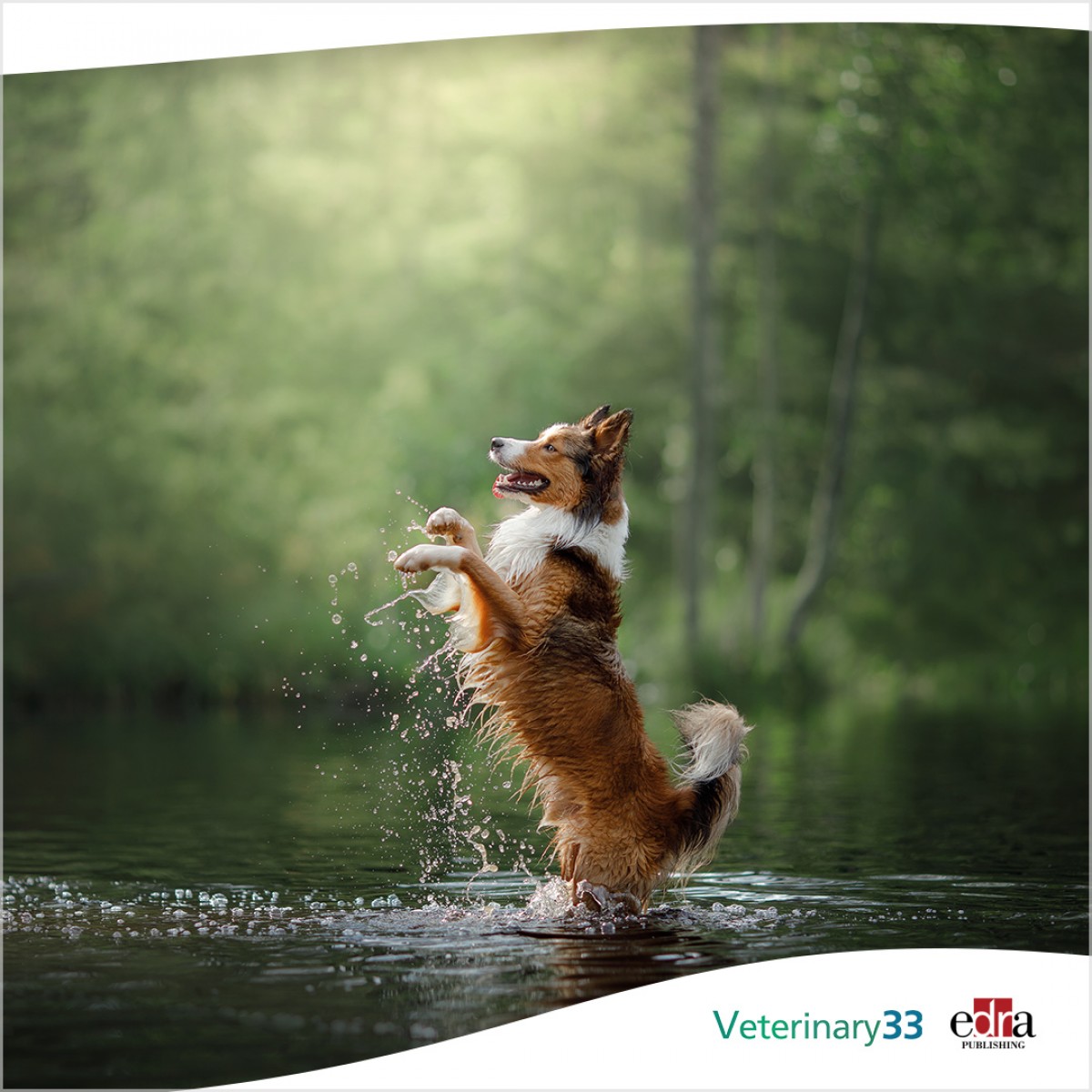Keeping dogs cool to prevent heatstroke
PetTalk, from the School of Veterinary Medicine & Biomedical Sciences, Texas A&M University
Summer’s infamous heat has sent temperatures soaring to record highs this year, so it’s important to protect our furry friends from heat-related issues as the weather grows more uncomfortably hot.
Dr. Gabriela Rivas, a veterinary resident in emergency and critical care at the Texas A&M School of Veterinary Medicine & Biomedical Sciences, said dogs can easily experience heatstroke during warmer months because they do not have the same capacity to produce sweat like humans do.
Sweating is a natural and efficient way to decrease body temperature and cool the skin by using excess body heat to convert sweat into vapor; because dogs are covered in fur and do not have sweat glands on most of their body, sweat on the skin cannot evaporate into vapor to cool them.
As a result, if dogs are unable to cool down through other means, heat exhaustion can turn into a heatstroke, a condition that requires veterinary intervention and ongoing monitoring.
“Dogs rely heavily on panting and drooling to get rid of excess heat, and heatstroke occur when these cooling methods become less effective, especially in hot and humid environments or if a pet is left in an area with poor ventilation, such as inside a vehicle,” Rivas said. “There are also several factors – such as obesity; breed conformation, or a dog’s overall structure and appearance; and underlying diseases, such as seizures, advanced age, cardiovascular disease, and airway disease – that put them at risk of heatstroke at any time of the year.”
While cats can also experience heat-related issues due to ineffective sweating, they are at less risk because they are not outside as often and typically exert less energy compared to dogs, keeping them cooler. Yet cats who are impacted by heat exhaustion and heatstroke exhibit similar signs as dogs and can be treated the same.
Signs of heat exhaustion, heatstroke
Dogs who experience heat exhaustion – or a body temperature roughly between 103- and 106-degrees Fahrenheit – may pant heavily, avoid playing or exercising, and lie in the shade outside or on a cool surface inside such as tile or hardwood.
Yet signs of a heatstroke – or a body temperature greater than 106 degrees Fahrenheit – are more extensive, including collapse or weakness; drooling; excessive panting; respiratory distress, meaning fluid fills the lungs instead of oxygen; disorientation; seizures; or a sudden onset of vomiting or diarrhea. These symptoms can worsen, according to Rivas, if they are not treated by a veterinarian.
“Heatstroke is a medical emergency because as the body temperature rises, different organ systems may become severely injured by the excess in heat,” Rivas said. “Organ injury can lead to life-threatening complications such as shock, abnormal heart rhythms, clotting disorders, severe dehydration, systemic infection, or seizures. In some instances, a pet can experience multiple organ dysfunction or death.”
Cooling methods, prevention tips
Dogs experiencing a heatstroke will require immediate intensive care and most likely require active cooling, fluid therapy, anti-nausea medications, and electrolyte supplementation to treat symptoms and possible organ injury. Because of this, Rivas emphasized how important it is that dog owners recognize when their pet is mildly overheated or on the verge of a heatstroke in order to take appropriate action sooner rather than later.
“When a dog overheats, owners can start cooling methods by moving their pet to a cool and shaded area, wetting them with lukewarm water, and using a fan,” Rivas said. “But if at any point an owner is concerned about heatstroke in their pet, they should seek veterinary care immediately. In the meantime, owners can use their car’s air conditioning while they transport their pet to a veterinary clinic.”
Owners should also be careful when cooling their dog, as some methods can worsen their symptoms.
“Ice water and water submersion should be avoided, as these methods can lead to extreme drops in body temperature, potentially trapping heat in areas that can damage organs further and make it harder for a dog to dissipate the heat,” Rivas said. “Pets with heatstroke can also lose consciousness, which makes submerging them in water dangerous.”
Since extreme heat can be damaging to both a cat’s or dog’s health, Rivas emphasizes that prevention is key by providing plenty of access to drinking water and shade when outdoors; avoiding walks and strenuous exercise during hot and humid weather; and never leaving a pet unattended in a vehicle.
With several months of hot weather still ahead and temperatures even reaching into the triple digits in some areas, pet owners should ensure their furry friend is safe from potential heat-related illness so that they can be happy and cool for the summer.
Pet Talk is a service of the School of Veterinary Medicine & Biomedical Sciences, Texas A&M University. Stories can be viewed on the web at vetmed.tamu.edu/news/pet-talk. Suggestions for future topics may be directed to vmbs-editor@tamu.edu.














List
Add
Please enter a comment